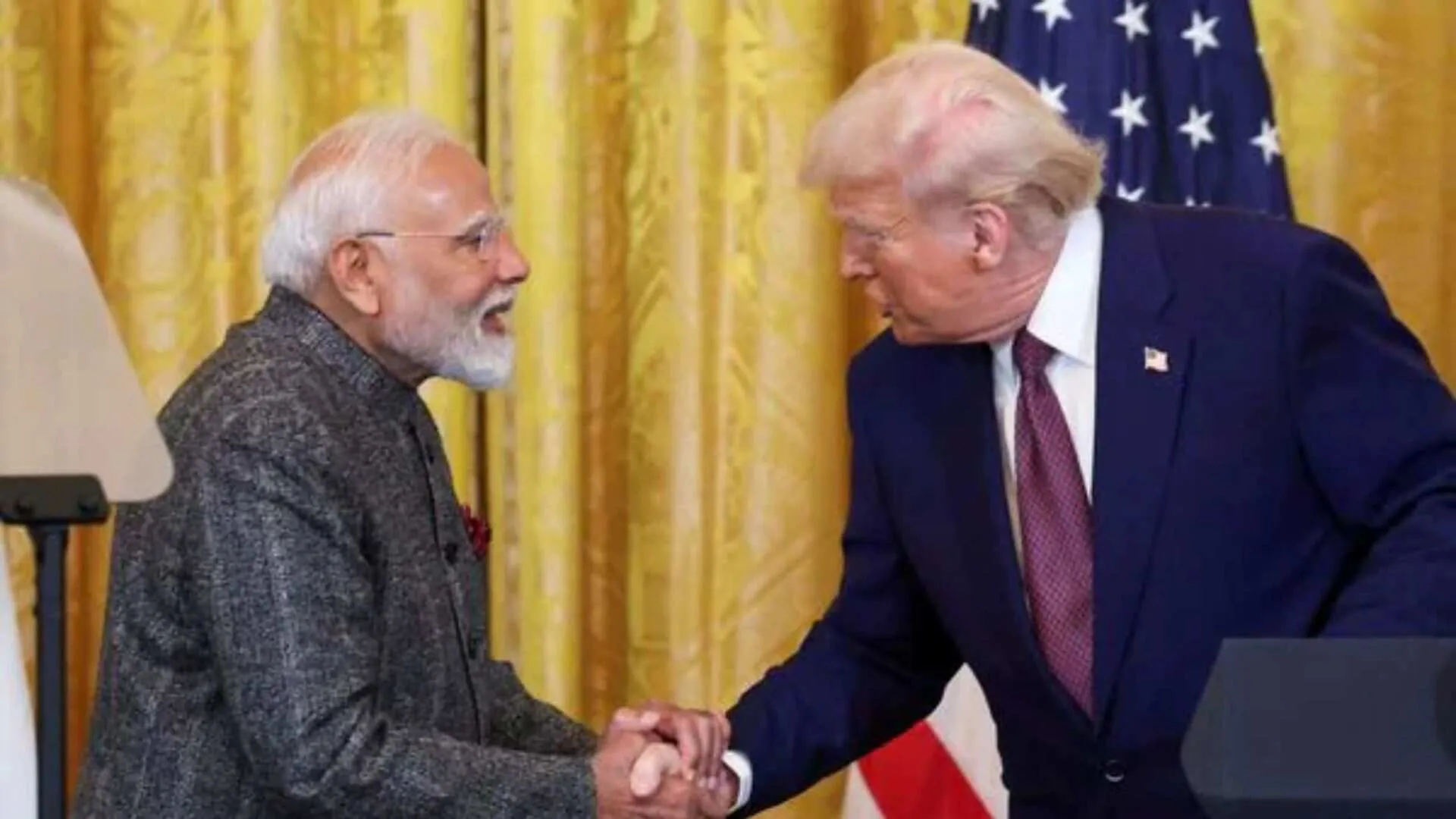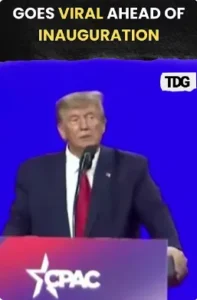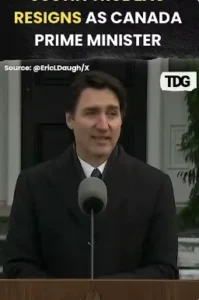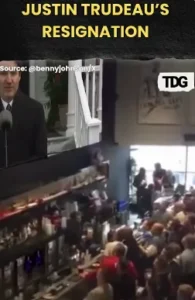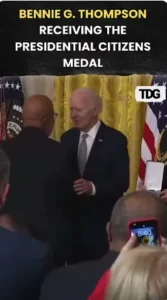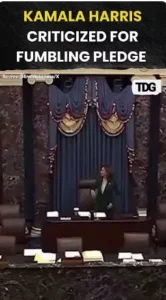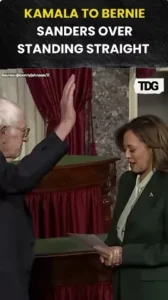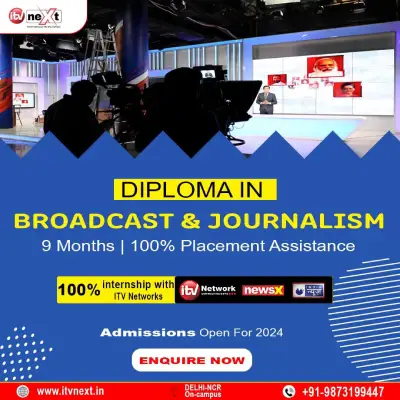As the Waqf Bill passed smoothly in the Lok Sabha, government officials kept a close eye on US President Donald Trump’s press conference regarding ‘reciprocal tariffs’. It was 2 a.m. in Sansad Bhawan with mixed feelings, relief that the bill had passed but nervousness regarding the tariff figures announced fresh.
India was slapped with a 26% tariff, a rate that government sources indicate was widely anticipated. Government officials had been looking to score a rate of around 25-26%, so the revelation was not unexpected. As a precaution, the government had already been considering alternative plans.
A comparative examination of other countries affected by the tariffs added to the understanding. Though other countries such as Cambodia (49%), Indonesia (32%), China (34%), and Bangladesh (37%) had to deal with steeper levies, Canada and Mexico, being among the first tariff targets, were excluded from the most recent list. In a detailed explanation, the Commerce Ministry welcomed the situation, stating this places India in a comparatively better position and offers a chance to negotiate with countries subject to steeper tariffs.
The greatest ground for optimism for India is Clause 4 of the US presidential proclamation, which grants permission to review the tariffs at periodic intervals. Official sources feel this is a provision that benefits India. “Since India’s intention, which we will demonstrate, America will notice our potential and provide concessions when it decides to review,” they said.
Besides, India is counting on Mission 500—the plan unveiled by President Trump and Prime Minister Narendra Modi on February 13, to double bilateral trade to $500 billion by 2030. An official confirmed, “Accordingly, discussions are going on between India and US trade teams for the expeditious conclusion of a mutually beneficial, multi-sectoral Bilateral Trade Agreement (BTA).”
Government sources are convinced that this is only the start of talks. India is hopeful given the good relationship between Prime Minister Modi and President Trump. Trump has already identified Modi as a “good negotiator” previously, which gives them confidence that India can conduct trade talks. With a team of veterans behind them, such as External Affairs Minister S. Jaishankar and Commerce Minister Piyush Goyal, Indian officials are confident in their stance.
In addition, India sees this challenge as a means of further penetrating, especially to those countries hardest hit by the tariffs. The government also views this as a push for local businesses to become more competitive and attract more consumers.

